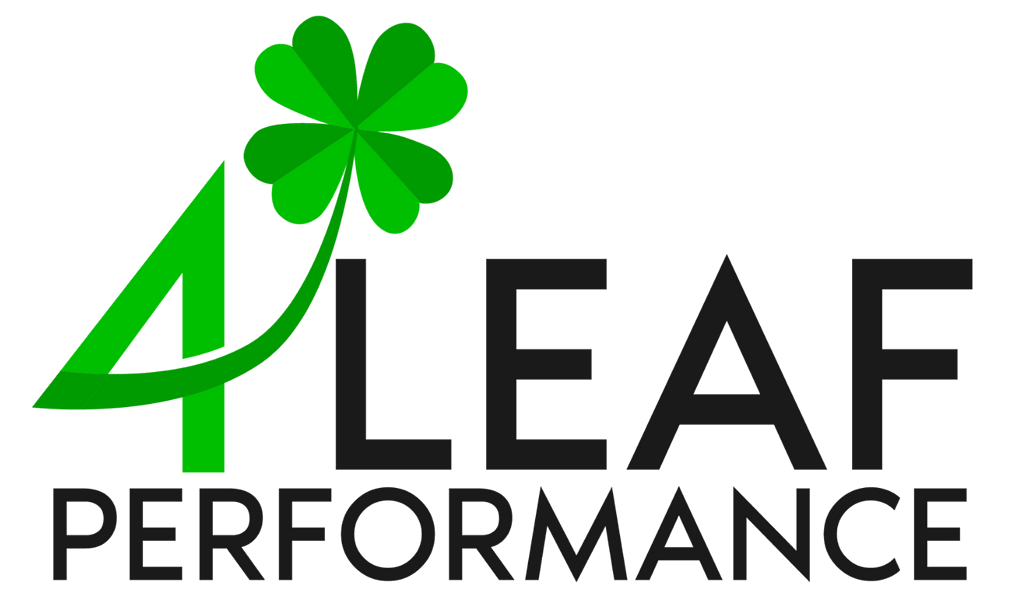Today’s dynamic workplace demands more flexible, continuous, and technology-driven approaches to assessing employee performance. Modern employee performance review methods meet these workplace demands and significantly enhance workplace culture by making it more responsive.
The Shift from Traditional to Modern Performance Reviews
Traditional methods often centered around an annual review session, during which managers evaluated an employee’s performance based solely on their recollection of the past year. This method was time-consuming and could lead to biased or incomplete assessments.
Today, we’re witnessing a significant shift towards more modern performance reviews. These methods focus on continuous feedback, which aims to provide ongoing guidance and support rather than waiting until the end of the year. This change has been driven by the need for more agile and responsive evaluation processes that better align with the fast-paced and frequently changing business environments.
Modern performance reviews emphasize employee development. Instead of merely critiquing past performance, these methods encourage ongoing conversations about professional growth and future objectives. This not only helps employees feel more valued and understood but also drives them to align their personal goals more effectively with organizational goals.
Modern Employee Performance Review Methods
360-Degree Feedback
This comprehensive approach involves collecting feedback from all angles: peers, subordinates, and supervisors contribute their perspectives on an employee’s performance. This method helps create a fuller picture of an employee’s impact within the team and the organization, promoting a deeper understanding of strengths and areas for improvement.
Real-Time Feedback
Gone are the days of waiting for an annual review to receive feedback. Modern tools and platforms enable real-time feedback, allowing employees to continuously adjust and improve their performance. This method supports a dynamic work environment where immediate reinforcement can lead to quick adjustments and growth.
Management by Objectives (MBO)
In MBO, managers and employees set specific, measurable goals directly tied to the organization’s objectives. This performance evaluation method clarifies expectations and empowers employees by involving them in the goal-setting process, enhancing their commitment to achieving key outcomes.
OKRs (Objectives and Key Results)
Similar to MBO but with a broader scope, OKRs focus on setting and tracking objectives at the company and team levels. This method helps ensure that everyone’s efforts are aligned with the business’s strategic goals, fostering unity and clarity across departments.
Stacked Ranking
This method ranks employees from best to worst, providing a straightforward workforce assessment. While effective in highly competitive environments, stacked ranking can be challenging in collaborative settings as it may hinder teamwork and morale.
Behaviorally Anchored Rating Scale (BARS)
BARS links specific behavioral examples with numerical ratings. It provides a more objective method of employee performance evaluation, reducing the ambiguity often associated with assessing performance and focusing on concrete, observable behaviors.
Psychological Appraisal
This forward-looking appraisal method evaluates an employee’s potential future performance rather than past achievements. By understanding an employee’s personality, motivation, and other psychological markers, managers can better predict future successes and guide development appropriately. Consider the WHY.os to help understand your employees’ core motivations better.
Assessment Center
Typically used in hiring or promotions, this method evaluates employees through exercises designed to simulate real-life challenges. Assessment centers are valuable in assessing job capabilities and interpersonal skills in a controlled, competitive environment.
Human Resource Accounting Method
This method evaluates an employee’s performance by comparing the cost of keeping the employee versus their contributions to the organization. It’s a quantitative approach that helps organizations assess whether they are investing wisely in their human resources.
By integrating these modern employee performance review methods, organizations can create a more adaptive, responsive, and ultimately productive workplace. Each method has its strengths and can be tailored to fit the organization’s and workforce’s unique needs, ensuring that the performance reviews are as effective and constructive as possible.

Implementing Modern Employee Performance Review Methods
Adopting modern employee performance review methods can dramatically enhance workplace culture, making it more adaptive and responsive. Here’s how organizations can effectively implement these methods:
Choosing the Right Methods for Your Organization
There is no one-size-fits-all solution when it comes to performance appraisals. The choice of methods to implement should be driven by the organization’s goals, the nature of its work, and its cultural values. For instance, a tech startup might benefit from real-time feedback tools and OKRs due to its fast-paced environment, while a law firm might find more value in detailed assessment centers and BARS due to its meticulous work.
When selecting a performance review method, consider the following:
- The size of your organization: Larger organizations require more structured and scalable solutions like 360-degree feedback systems.
- The nature of the work: Creative fields might benefit from more qualitative methods like psychological appraisals, whereas technical fields might prefer quantitative methods like Human Resource Accounting.
- Cultural fit: Methods like stacked ranking suit competitive environments but can be detrimental in collaborative settings.
Creating a Feedback-Rich Environment
A modern performance evaluation system should cultivate an environment where feedback is accepted and encouraged. Establishing regular check-ins and encouraging open dialogue between team members and management can help normalize the ongoing exchange of feedback. This environment supports continuous improvement and helps eliminate the fear and formality often associated with traditional performance reviews.
Training for Managers and Employees
To maximize modern performance reviews, managers and employees should understand how to give and receive feedback effectively. Training programs focusing on communication skills, emotional intelligence, and constructive feedback techniques are crucial. These programs help ensure that everyone feels competent and confident in their roles within the feedback process.
Integrating Technology
Using the right tools is essential for facilitating modern employee performance evaluation methods. Software that supports real-time feedback, goal tracking, and 360-degree reviews can streamline these processes and make them more effective. Choosing user-friendly platforms that integrate well with other workplace tools is critical to ensure high adoption rates among staff.
Benefits of Modern Employee Performance Reviews
Enhanced Employee Engagement and Motivation
One key benefit of modern performance reviews is their impact on employee engagement. Involving employees in the review process and providing continuous feedback help individuals feel more valued and understood. Regular recognition and constructive feedback motivate employees to maintain and improve their performance, fostering a sense of ownership and dedication to their roles.
Improved Alignment of Individual Performance with Company Goals
Methods like Management by Objectives (MBO) and Objectives and Key Results (OKRs) ensure that employee activities are directly linked to broader organizational objectives. This alignment helps employees see how their daily tasks contribute to the company’s success, enhancing their commitment to the organization’s goals and boosting overall productivity.
Increased Adaptability and Real-Time Problem Solving
With real-time feedback and continuous performance evaluations, employees and managers can address issues as they arise rather than waiting for a yearly review. This immediacy allows quicker adaptations to changing market conditions and internal demands, making the organization more flexible and responsive.
More Accurate and Fair Assessments
Modern performance reviews utilize diverse sources of feedback and a range of evaluation methods, from psychological appraisals to behaviorally anchored rating scales (BARS). These varied approaches help reduce biases and provide a more comprehensive view of an employee’s performance. By focusing on specific behaviors and outcomes, these methods ensure that evaluations are both fair and relevant.
Promotion of a Feedback-Rich Culture
Integrating modern performance review methods promotes a culture where feedback is consistently shared constructively. This culture helps improve individual employee performance and enhances team dynamics and communication. As feedback becomes a regular part of the workday, the organization learns and grows together.
Organizations can reap these benefits by adopting modern employee performance review methods, leading to a more engaged workforce and a more substantial, competitive business. These methods provide the tools needed to build a responsive, supportive, and efficient workplace that can thrive in the complexities of the modern business environment.

Challenges and Solutions for the Modern Employee Performance Review
While modern employee performance review methods offer numerous advantages, they also come with challenges. Let’s explore some common obstacles organizations might face and discuss practical solutions to overcome them.
Resistance to Change
One of the most significant challenges is the natural resistance to change that can occur, especially in organizations with a long history of traditional review processes. Employees and managers may need to be more open to new methods, particularly those that involve frequent feedback and new technologies.
Solution: To overcome resistance, it is crucial to communicate the benefits clearly and involve employees in the transition process. Training sessions and pilot programs can help everyone understand how the new systems work and how they will benefit individually and collectively.
Privacy Concerns
Privacy becomes a critical concern with the increasing use of digital tools for performance evaluations. Employees may be apprehensive about the confidentiality of their feedback and assessments.
Solution: Ensure that all platforms used for employee reviews comply with data protection regulations. It’s also important to be transparent with employees about how their data will be used and safeguarded. Establishing strict privacy policies and securing employee consent can help build trust.
Bias in Feedback
Even with modern methods, there’s still a risk of bias in performance reviews, whether it’s from peers, subordinates, or supervisors.
Solution: Implement training programs that address unconscious bias and teach objective evaluation techniques. Using structured and standardized assessment criteria like BARS can also help minimize subjective judgments.
Over-reliance on Technology
While technology facilitates more efficient performance reviews, over-reliance on these tools can lead to impersonal evaluations. There’s a risk that the human element of performance review could be overshadowed.
Solution: Balance the use of technology with personal interactions. Ensure that face-to-face meetings still play a crucial role in the review process, allowing for more nuanced and empathetic assessments.
Cultural Fit
Not every modern performance review method will suit every organization’s culture. For instance, methods that foster competition, such as stacked ranking, may not work well in collaborative environments.
Solution: Carefully select methods that align with your organizational culture and values. Customizing approaches to fit your workplace’s needs and dynamics can prevent cultural misalignments and enhance acceptance.

Elevating Your Employee Performance Review Methods with 4 Leaf Performance
Modern employee performance review methods offer significant advantages for today’s organizations, aiming to foster a more adaptive, responsive, and engaging workplace culture. Companies can enhance employee motivation, improve performance accuracy, and promote a dynamic work environment by embracing technologies and strategies that facilitate continuous feedback, objective assessments, and alignment with organizational goals.
However, successfully implementing these modern methods requires thoughtful planning, a clear understanding of organizational culture, and the right tools. Addressing any challenges head-on, from resistance to change to privacy concerns, is crucial, ensuring the transition is as smooth and effective as possible.
If your organization wants to upgrade its performance review system but is still determining where to start, consider contacting 4 Leaf Performance. Our expert small business coaching services can guide you through selecting and implementing the most effective performance review methods tailored to your unique organizational needs. Let us help you transform your employee performance reviews into a powerful tool for growth and success.



